Taking the Plunge
November 8, 2017 - 7 minutes readAt the start of the 2016, I reflected on our accomplishments throughout 2015 and shared my thoughts in a blog post. Our highlights included the completion of our new Learning Commons, a successful IB Evaluation conducted by the IB Organization, the development of a new Communicating Student Learning document, and the continuation of our important work associated with the five domains of self-regulation. I also reflected on areas that needed our attention and further exploration, including coding, digital portfolios, and outdoor learning. Two years later, how are we doing?
Coding
I can report with confidence that we have made significant progress towards enhancing the teaching and learning in the area of coding as evidenced by the examples below.
-West Bay participated in the District Coding Arcade at the end of last year. See the North Shore News article here that highlighted one of our Grade 6 participants
-Mrs. Kelpin (Grade 5 teacher) facilitated a Coding Club at lunch time over the past two years where students support one another with their learning and create a variety of engaging games. (As adults, we continue to learn from our tech savvy students who often find coding more intuitive than we do!)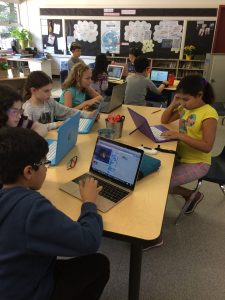
-Classes throughout the grades participate each year in the Hour of Code, with support and encouragement from Cari Wilson, our District Innovation Support Leader 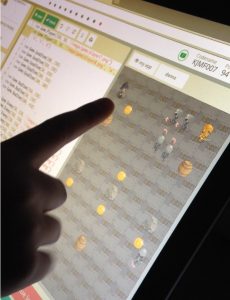
-Over the last two summers, teachers from West Vancouver Schools including those from West Bay took advantage of district organized coding workshops offered by The Learning Partnership
-Cyri Jones, co-founder of Zen MakerLab and his team worked with West Bay intermediate students on 3D printing and were provided with real life examples of how coding is used to further innovative practices 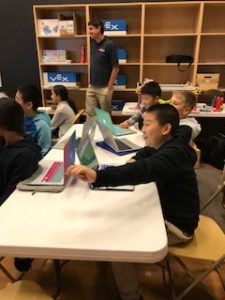
Digital Portfolios
Each student now has a digital portfolio to house work samples and reflections related to each of the six units of inquiry. These online portfolios housed on FreshGrade replace the large binders that contained paper copies of student work. With this digital platform, videos, photos, and samples of work can be posted and shared with families on an ongoing basis. At a recent parent education session, Mrs. Hicks (IB Coordinator) and Ms. Anderson (Vice-Principal) supported parents with the logistics of logging into student accounts and shared ways to respond meaningfully and constructively to portfolio items.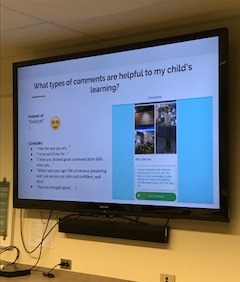 Outdoor Learning
Outdoor Learning
Outdoor Learning is an area we need to tackle more strategically. Of the three areas identified two years ago as a focus for ‘next steps’, we have only ‘dipped our toes’ with our outdoor learning goal. We have made some progress with our thinking by inviting members of the Squamish nation who took us on a tour of our school grounds. Learning about the history of the land and how First Peoples used plants and vegetation to meet their needs reinforced the importance of recognizing the role of Indigenous knowledge, one of the First Peoples Principles of Learning.
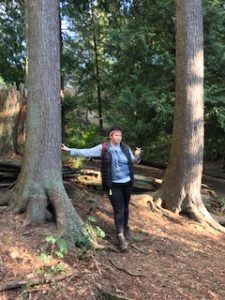
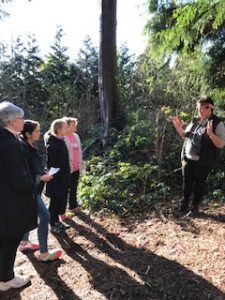
However, we have not yet fully embraced the outdoors as an accessible learning space. Moving forward, I hope that through exploration of the advantages and obstacles, we can make outdoor learning feasible, relevant and a consistent practice. A typical concern of educators is there is never enough time in the day. Consequently, heading outdoors is often viewed as an ‘extra’, one that is onerous and time-consuming. However, we can shift that thinking if we view the outdoors as an extension of our classrooms and an additional learning space that is readily available.
Outdoor learning can address many curricular outcomes, while promoting the development of the core competencies (critical and creative thinking, communication, and personal/social). Learning out of the traditional classroom setting should not be viewed as an add-on to the curriculum, but a strategy to supplement and enrich the learning.
Research referenced in the article “Get Outside, It’s Good For Your Brain” indicates that learning in the natural, outdoor environment will improve cognitive attention, reduce stress, promote better mental health, and support cooperative problem-solving. Another article entitled, “11 Proven Benefits of Outdoor Learning” explores the many benefits associated with learning outdoors including better grades and improved memory, better health and more focused behaviour, as well as increased motivation and self-reliance. Sharing and discussing the implications and relevance of these articles to our context will enhance our collective understanding as a staff of the rationale for outdoor learning and its importance for healthy development in many domains of development.
Ms. Anderson reports that ‘sit-upons’ make learning in the outdoors much easier for her Grade 4 students. These simple pieces of foam make studying in the forest more enjoyable and comfortable. I look forward to learning with teachers about other tools and strategies they will need to facilitate outdoor learning opportunities with ease. 
Would a dedicated outdoor learning space be helpful or should each class find its own unique space in the vast outdoor environment to read, observe, record, paint or explore? Such inquiries will guide our thinking and explorations this year. I am committed to supporting teachers in taking the plunge into the great outdoors. With supports in place, a sound rationale for learning outdoors, and a magnificent classroom awaiting, moving beyond the toe dipping stage should be a rewarding, engaging and meaningful undertaking.

Recent Comments